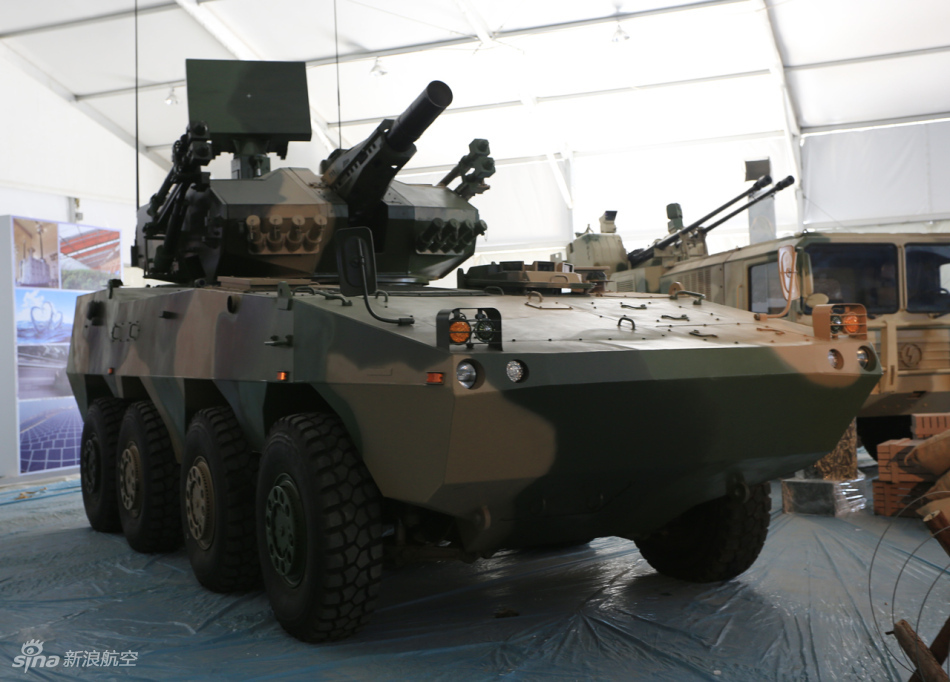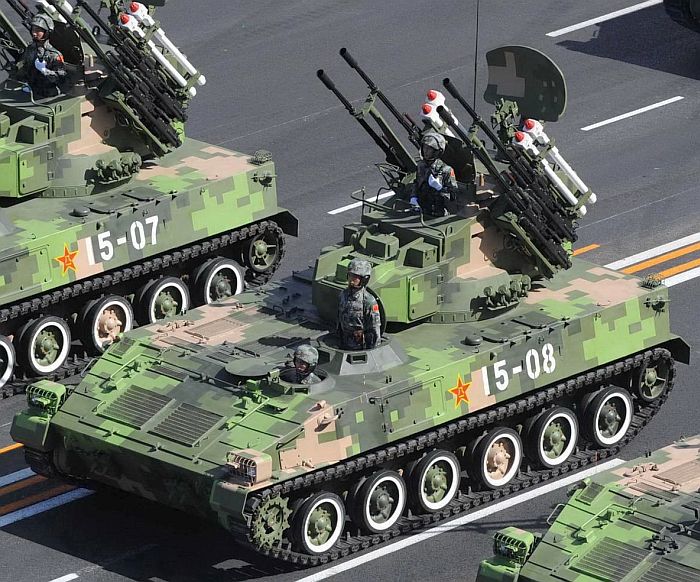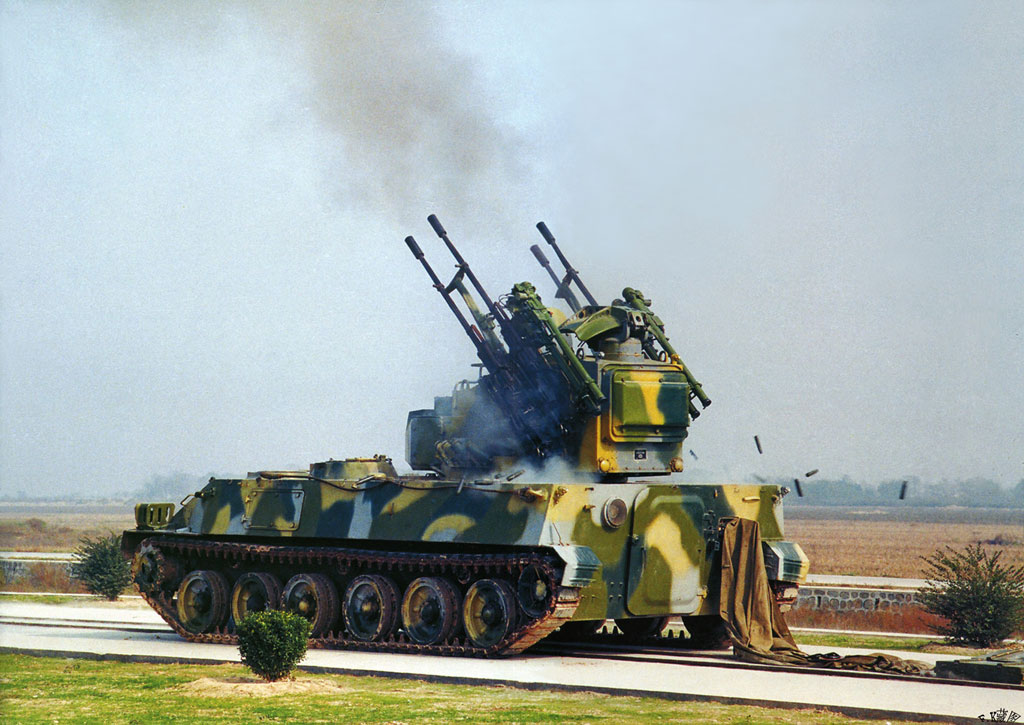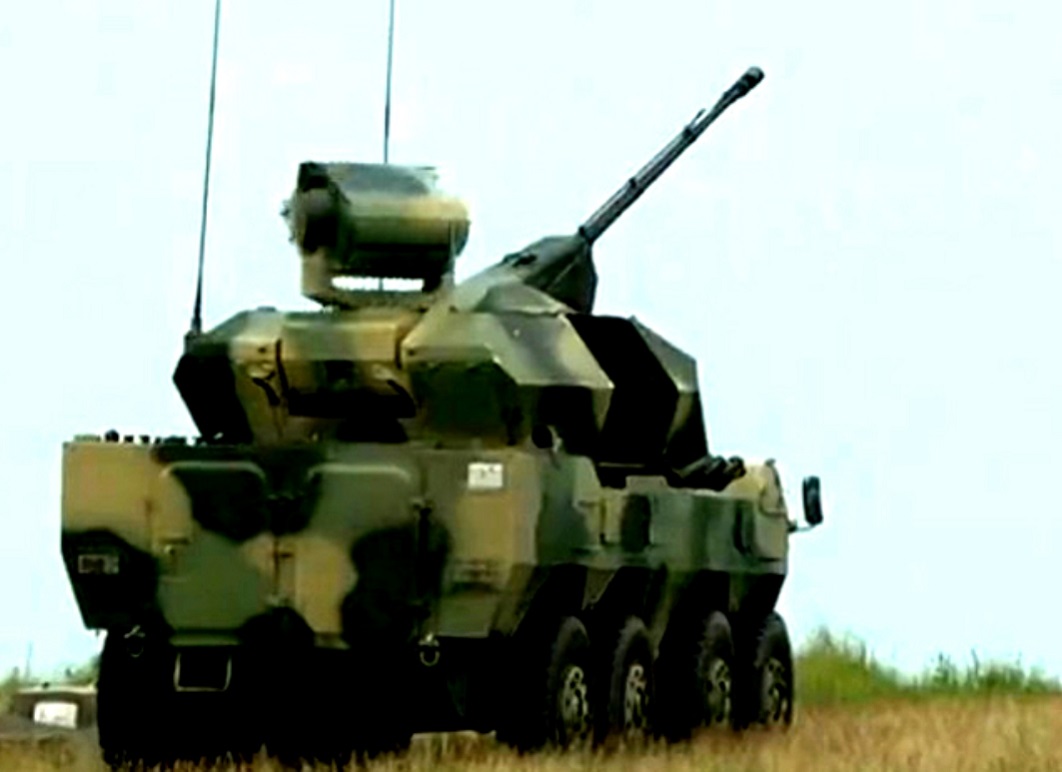, USA TODAY
BEIJING — China scrambled fighter jets Saturday to patrol its southwestern border with Burma, also known as Myanmar, a day after a bomb dropped by a Burmese warplane killed four Chinese farmers and injured nine others, state media reported.
Authorities in Burma blamed the incident on ethnic Chinese rebels the Burmese army is fighting close to the border.
Beijing summoned the Burmese Ambassador on Friday night to lodge a diplomatic protest, the state news agency, Xinhua, said. The four victims were working in a sugar cane field near the border city of Lincang, in southwest Yunnan province, Xinhua said.
Burma's government, which uses Myanmar as the official name of its country, denied responsibility for the attack and said the rebels may have fired into China to stir trouble between China and Burma. The longtime allies' often difficult relationship has become further strained by Burma's moves toward democracy in recent years.
"It's possible that those fighting with us purposely created these attacks with the intent of causing misunderstanding between China and us," Zaw Htay, an official in the Burmese president's office, told Reuters.
Intensified fighting in recent weeks in northeast Burma's Kokang region has forced tens of thousands of people, including many ethnic Chinese, to flee into China across the often porous 1,240-mile border. China has given refugees "necessary relief and temporary settlements, which is appreciated by the Myanmar government," Xinhua said.
Beijing has previously denied Burmese claims that Chinese authorities have assisted the rebels by allowing them to launch attacks from Chinese territory. Burma has also said Chinese mercenaries fight with the rebels.
Multiple ethnic conflicts have continued for several decades in Burma, notably in border regions. Its military regime has undertaken a transition toward a more democratic system in recent years.
China, which did not join Western nations' decades-long isolation of the country to protest its military dictatorship and repression of rights, has dominated foreign investment there.
Elections planned for late this year will provide a crucial test of the Burmese government's commitment to greater political freedom.
The opposition party, led by Nobel Peace Prize laureate Aung San Suu Kyi, is likely to win the popular vote, but she remains barred from running for president by the country's army-drafted constitution.










